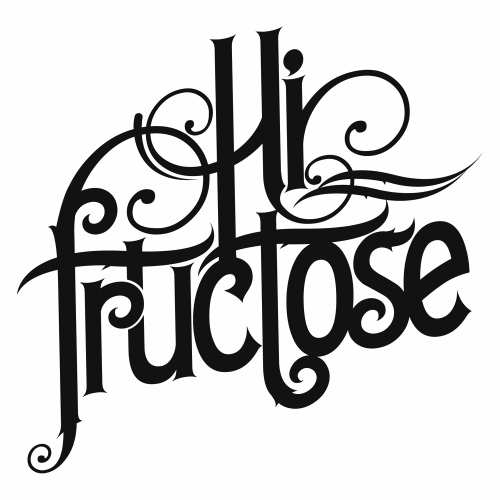The decorativeness quoted from other ornamental art in my works are not for challenging; it is for my own expression as a fine artist.”
But compared to Hirst and Koons, Katsuyo’s work seems a little anachronistic, a little awkward in a generation accustomed to justifying every fl ourish, embellishment and technical sympathy to the enforcers of minimalism and deconstructionism. And one of the main differences between her ornamentation and Hirst’s diamondencrusted skulls and Koons’ porcelain Michael Jackson is her altruism, the very lack of cynicism and self-reference that made the aforementioned works so iconic.
In her artist’s statement, she concedes that her style and those ornamental traditions she’s drawing from evoke a sense of languor but also“ make us feel tranquility and a we that can almost be described as religious.”
Though her work seems to teeter on the edge of commenting on the very ornamentalism it employs, Aoki doesn’t really buy into the art-about-art narrative. She seems too wonder-struck by the potential of her medium and the richness of art history to be as jaded as that.
For instance, when I pointed out that some of the styles she was referencing—rococo in particular—are criticized as frivolous, trite and soulless, even as she employs it to evoke a sense of spirituality, she commented, “In my opinion, to define that as frivolous, vulgar and superficial is itself a superficial understanding of art representing the present age.”
Complimenting her altruism is her technique. She uses several methods of manipulating the porcelain, a notoriously unforgiving material. By throwing, trimming, building, casting and slip trailing, she eventually pulls out an object that could only have arisen from an expert’s understanding of the process.
When I asked why she is determined to challenge the lines between fine art, decorative art and craft, she responded, “Actually, I wonder why there are still some people bent on those lines, and I do not understand the point
of differentiating between them. The decorativeness quoted from other ornamental art in my works are not for challenging; it is for my own expression as a fine artist.”
She could not make the art she does without this kind of sentimentality. It is not easy for cynicism to craft a thing this beautifully. Only by a passion for what she’s doing and a belief in its rightness could someone invest the level of care it takes to render sculptures this intense.
In Aoki, there is a return to old, less abstracted modes of thinking where craftsmanship was a given and there wasn’t such an over-thought line between the physical and spiritual. Her work suggests that it’s time the art world shed its cynicism and its distaste for idealism and metaphysics and applied some classic notions to our updated, ironic and uncertain viewpoint.
“As for myself,” Aoki explaned, “classical styles, as well as craftsmanship, are rather fresh and fascinating. Intuitively, I perceive they contain the elements to well express the present age.” *
This article first appeared in Hi-Fructose Issue 21, which is sold out. Subscribe to Hi-Fructose today and get our latest issue as part of your subscription.














